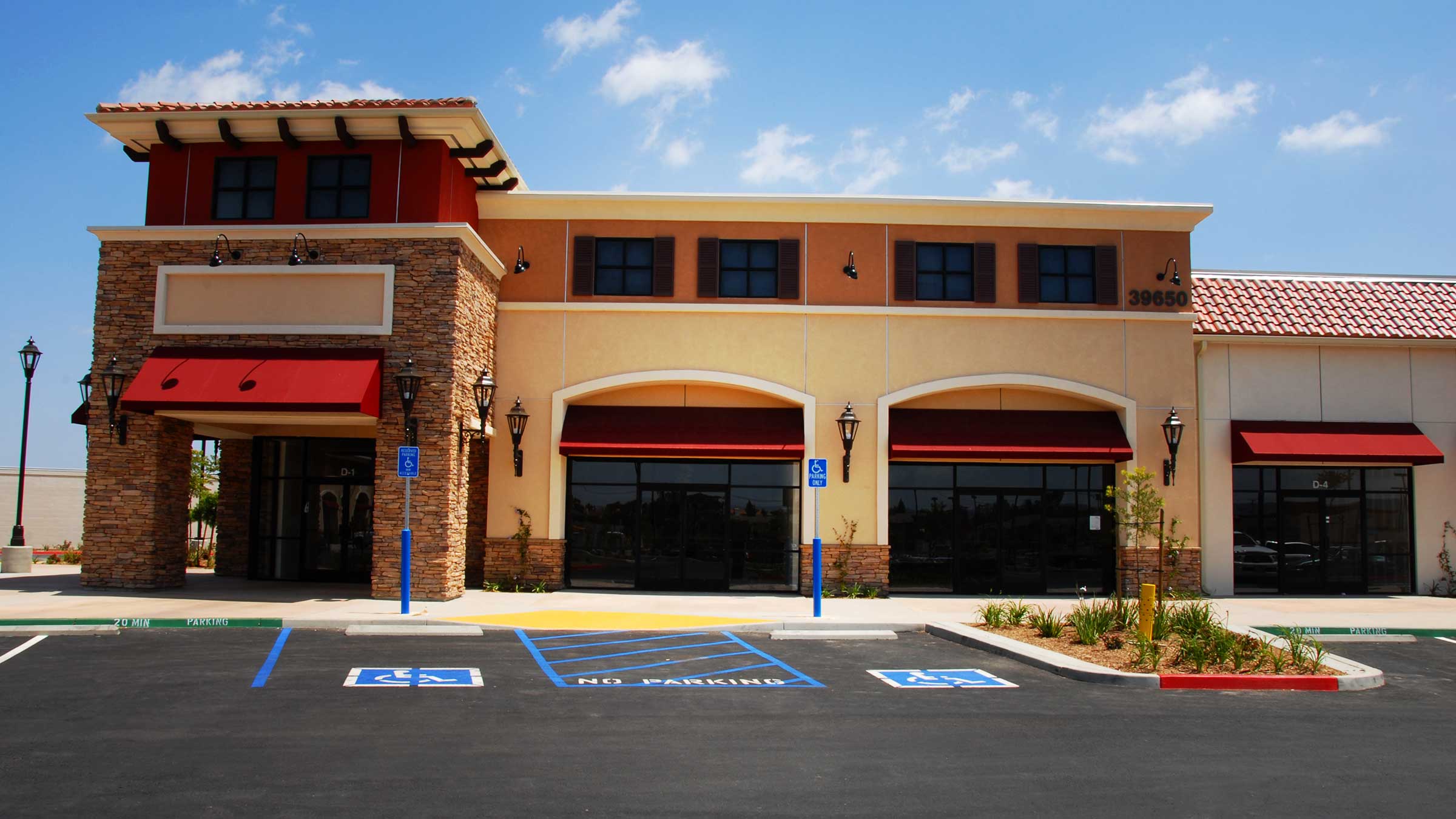
According to a new study from Ohio State, nearly half of all counties in the United States have at least one “pharmacy desert” — a 10-mile area that contains no retail pharmacy.
Why this matters
As more pharmacies close, there are consequences for Americans who live in pharmacy deserts, says Timothy Pawlik, MD, PhD, senior author of the study at The Ohio State University Comprehensive Cancer Center – Arthur G. James Cancer Hospital and Richard J. Solove Research Institute (OSUCCC – James).
“More and more Americans are left without easy access to medications, with disproportionate consequences on certain communities,” Dr. Pawlik says. “We found that patients in counties with higher social vulnerabilities and fewer primary care providers were up to 40% more likely to reside in a region with a pharmacy desert.”
The study, Dr. Pawlik says, shows just how much these disparities contribute to a lack of access to basic health care, as well as how it can lead to people not taking prescribed medications, which leads to worse health outcomes. It’s especially true for people with chronic conditions like diabetes and hypertension.
What are these social vulnerabilities?
Much of someone’s health status isn’t determined by clinical medicine. What are often called “social determinants of health” are the nonmedical factors that affect someone’s health outcomes. They include where someone was born, grew up, currently lives and where they work, learn and worship. They include…
- Access to healthy food
- Transportation availability
- Housing stability
- Education availability and quality
- Neighborhood safety
- Income level
- Access to health services
They’re the primary cause of health inequities among different populations, and they account for between 30% and 55% of someone’s health outcomes, according to the World Health Organization.
Study results
In this study, published in the Journal of the American Medical Association (JAMA) Network Open, researchers looked at data from communities that were less than 10 miles from a retail pharmacy using the publicly available TelePharm Map. They pulled data on health care providers from the Area Health Resource File databases and obtained information on the social vulnerability index from the CDC’s Agency for Toxic Substances and Disease Registry.
Looking at the relationships among these factors, the study found that about 46% of the 3,143 counties had at least one pharmacy desert. Counties that had many pharmacy deserts also had populations with more social vulnerabilities and fewer primary care providers available. The people living in these counties were more likely to have a hard time getting their medication or health care services.

Your support fuels our vision to create a cancer-free world
Your support of cancer care and pioneering research at Ohio State can make a difference in the lives of today’s patients while supporting our work to improve treatment and reduce cases tomorrow.
Ways to Give



